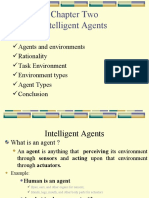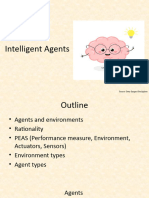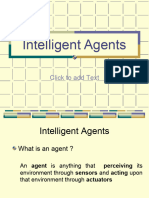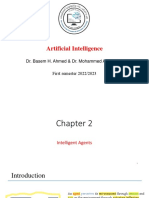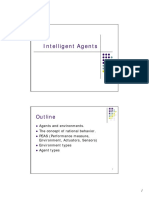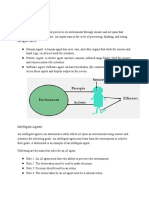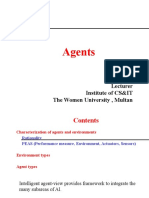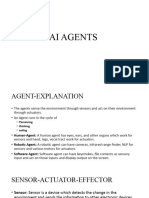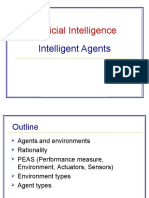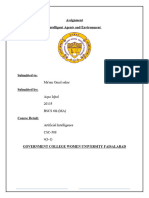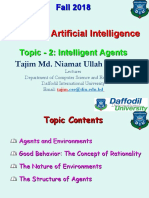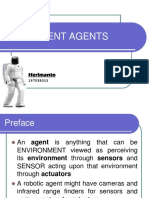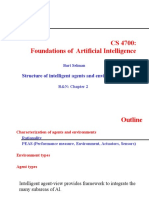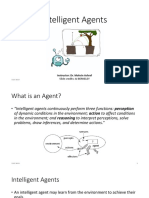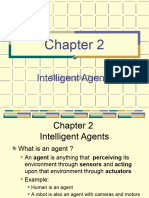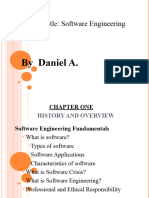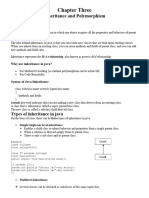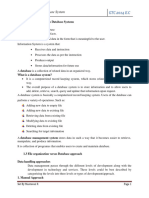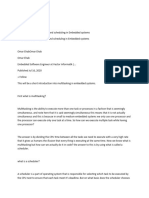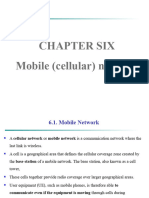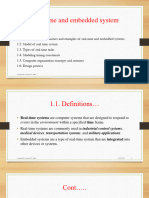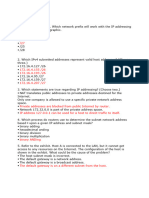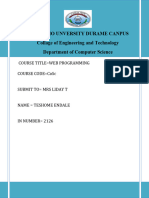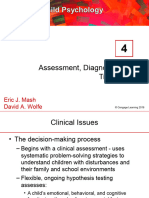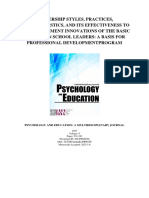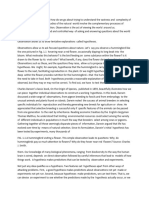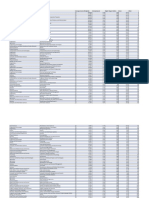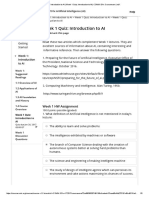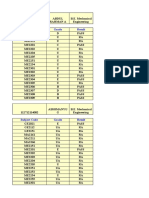0% found this document useful (0 votes)
45 views33 pagesChapter Two Slide
The document summarizes different types of intelligent agents. It describes simple reflex agents that select actions based only on current percepts without considering past percepts. Model-based reflex agents maintain an internal state to track unobserved aspects of a partially observable environment. Goal-based agents select actions that maximize achieving a specified goal based on their knowledge and perceptions. Utility-based agents assign numeric utilities to possible world states and aim to maximize total utility. Learning agents improve their performance over time by learning from their experiences.
Uploaded by
Oz GCopyright
© © All Rights Reserved
We take content rights seriously. If you suspect this is your content, claim it here.
Available Formats
Download as PDF, TXT or read online on Scribd
0% found this document useful (0 votes)
45 views33 pagesChapter Two Slide
The document summarizes different types of intelligent agents. It describes simple reflex agents that select actions based only on current percepts without considering past percepts. Model-based reflex agents maintain an internal state to track unobserved aspects of a partially observable environment. Goal-based agents select actions that maximize achieving a specified goal based on their knowledge and perceptions. Utility-based agents assign numeric utilities to possible world states and aim to maximize total utility. Learning agents improve their performance over time by learning from their experiences.
Uploaded by
Oz GCopyright
© © All Rights Reserved
We take content rights seriously. If you suspect this is your content, claim it here.
Available Formats
Download as PDF, TXT or read online on Scribd
/ 33









